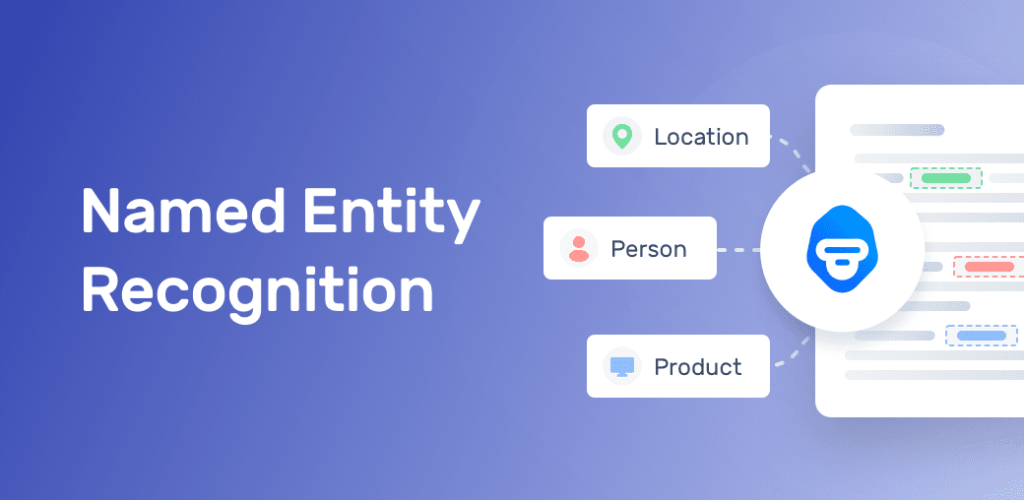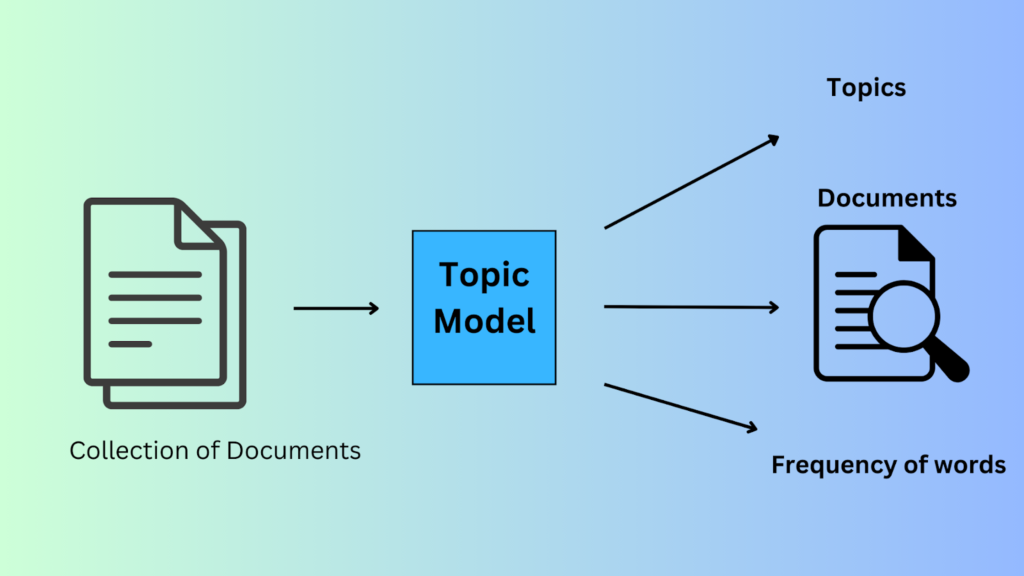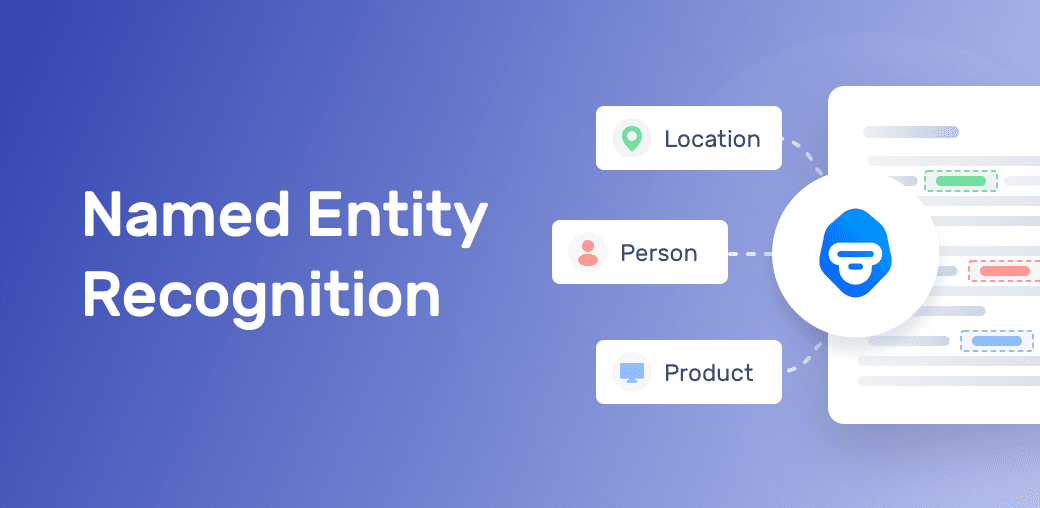Extracting information from unstructured text can be a daunting task. This is because unstructured text lacks organization and structure. So, instead of spending a lot of time manually extracting that information, Natural Processing Language has come ahead to help in this regard.
NLP is a sub-field of AI that can automatically analyze and understand unstructured text, helping humans to extract it quickly and efficiently. It extracts information using several techniques, such as named entity recognition, sentiment analysis, text summarization, etc. from large volumes of text data.
In this article, we will take a look at some useful NLP techniques along with extracting procedures. But before that, let us explain what information extraction from unstructured data is actually.
What Is Information Extraction?
Information extraction or text extraction is a process in which only useful information is extracted from large amounts of data. This process usually involves extracting information from entities, relationships between entities, attributes of entities from text data, etc.
How NLP Can Extract Information from Unstructured Data
1. Named Entity Recognition
Named Entity Recognition is an NLP technique that utilizes advanced algorithms that identify named entities automatically and classify them into predefined categories. The pre-defined categories include a person’s name, organization, location, address, postal codes, monetary values, and many more.

Source: monkeylearn.com
Moreover, Named Entity Recognition is usually based on supervised models and grammar rules. To give you a better idea about how Named Entity Recognition can help extract useful information from unstructured text, check out the example.
“Elon Musk has purchased Twitter for around 44 billion US dollars.”
Now, NER (Named Entity Recognition) will categorize the above sentence as shown below:
Person: Elon Musk
Organization: Twitter
Monetary amount: $44 billion
Now that, you may have an idea about how the Named Entity NLP technique can be used to extract information from unstructured text.
2. Sentiment Analysis
Sentiment analysis is an NLP technique that automatically determines the sentiment polarity of a given text, whether it is positive, negative, or neutral.

This technique of NLP helps in extracting information from unstructured text, let us explain how.
We all know, unstructured text often contains a huge amount of subjective information that is difficult to analyze manually. Sentiment analysis can quickly analyze subjective information in the unstructured text and provide the polarity (positive, negative, or neutral) of that text.
For example, sentiment analysis can be used to understand customer reviews on social media platforms. This allows brands to quickly gain useful insights into customers’ preferences without spending time and effort on reading each review manually.
3. Text Summarization
Text summarization is the process of extracting the most important points from a large amount of text without damaging its original meaning or intent. The goal of text summarization is quickly getting a proper understanding of the text without reading it as a whole.

It is usually performed through multiple methods: extractive summarization and the other one is abstractive summarization.
Extractive summarization involves identifying the most important points in the text and then using those points to write a concise yet effective summary. On the other hand, abstractive summarization refers to summarizing the given text by incorporating new terms that are delivering the same meaning as the original text.
Both these methods will require a proper understanding of the source text that can be done by reading the entire text multiple times. Doing this will definitely take time and effort. But NLP has automated this process, all thanks to text summarizing tools. A text summarizer quickly understands the best points in the given text and then provides a short summary by using those best sentences.
Overall, text summarization through NLP helps users to extract useful information from unstructured data and present it in a concise and coherent manner. The extracted information then can be used for several purposes such as decision-making, information retrieval, etc.
4. Topic Modeling
It is a statistical NLP technique that is being used to extract information from unstructured text. Topic modeling uses unsupervised learning algorithms that efficiently identify latent patterns in unstructured text and group them into different clusters and topics.

Moreover, this NLP technique allows tools/software (based on this technique) to organize and summarize data at a scale – this can be a difficult task for humans.
Topic modeling can be done through different techniques including Latent Dirichlet Allocation (LDA), Non-negative Matrix Factorization, etc. These techniques work by analyzing the text through different features such as the frequency of words, co-occurrence of words, and their context also. This analyzing process of text then results in topics.
Once the topics are identified, they can be used to gain insights into the main information in text data.
In simple words, topic modeling is a useful technique that can be helpful in extracting valuable information from unstructured text.
Final Words:
Natural Language Processing (NLP) has transformed the process of extracting data from unstructured text. NLP can extract useful information from unstructured data using several techniques. In this article, we have covered those techniques in complete detail.
Read Next Blog:
Importance of Bookkeeping for Dentists: A Comprehensive Guide
